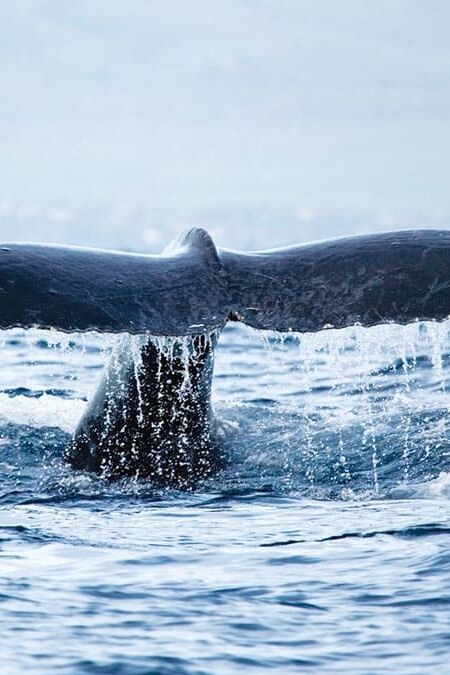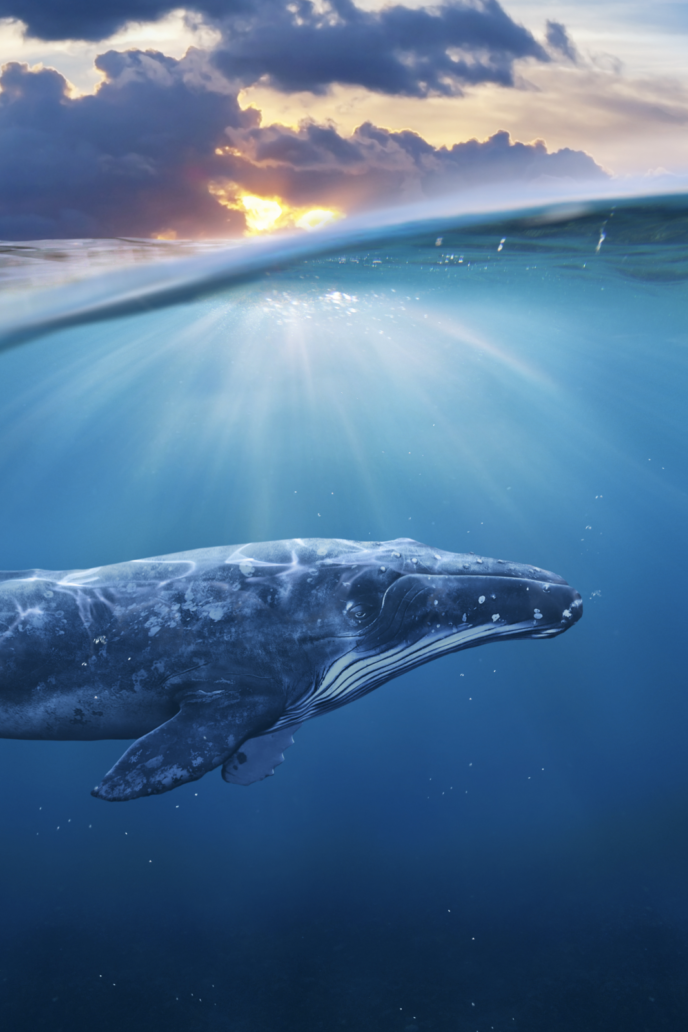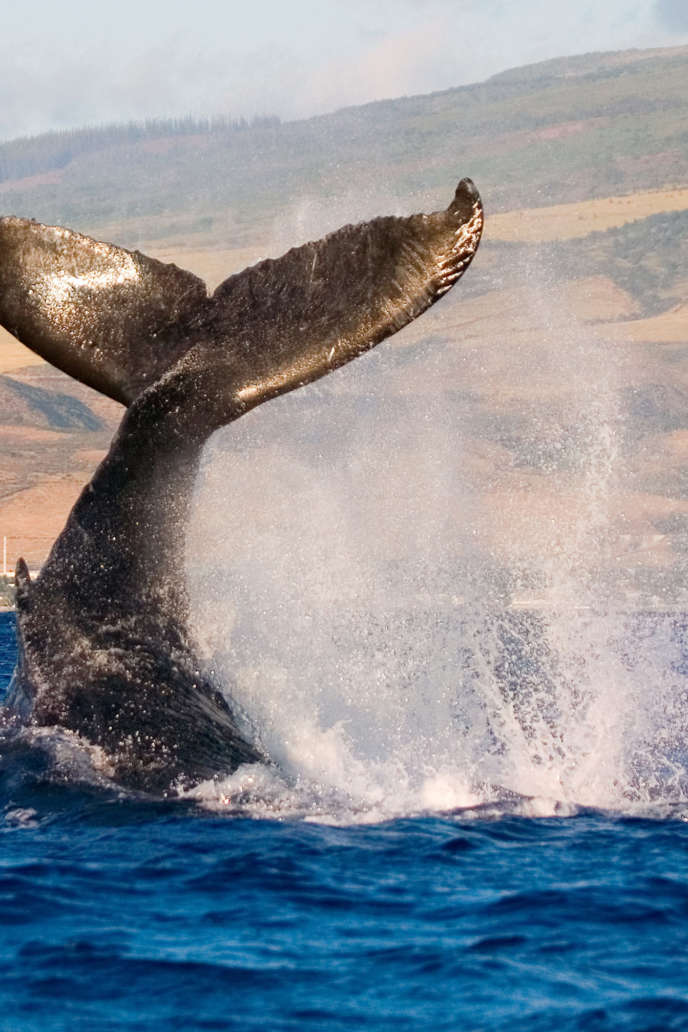Every year, thousands of tourists flock to the beautiful islands of Hawaii, drawn by the allure of its lush landscapes, pristine beaches, and warm tropical waters. But there’s another reason that Hawaii is a destination of choice for many—it’s one of the best places in the world to watch whales in their natural habitat. In this guide, we’ll take you through everything you need to know to make the most of this awe-inspiring experience, from what you can anticipate seeing to crucial tips on how to prepare for your adventure. Strap in for a journey of a lifetime as we delve into the breathtaking world of whale watching in Hawaii.
Best Time of the Year for Whale Watching in Hawaii
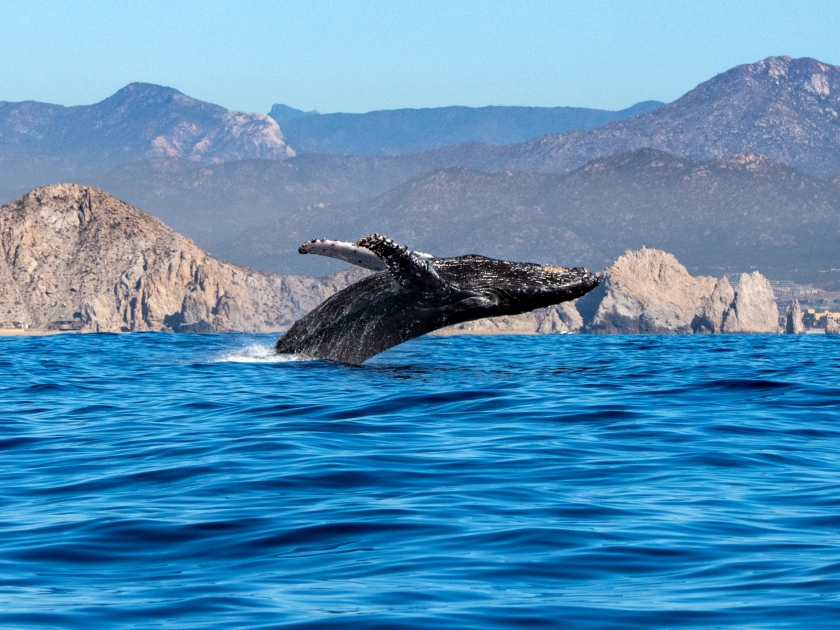
The best time to see these majestic creatures in their natural habitat is during the winter and spring months, specifically from December through April. During this period, thousands of humpback whales migrate from the chilly waters of Alaska to the warmer seas of Hawaii to mate and give birth. This migration results in a significant increase in the whale population around the islands, providing tourists with ample opportunities to witness the breathtaking performances of these magnificent creatures.
Top Locations for Whale Watching in Hawaii
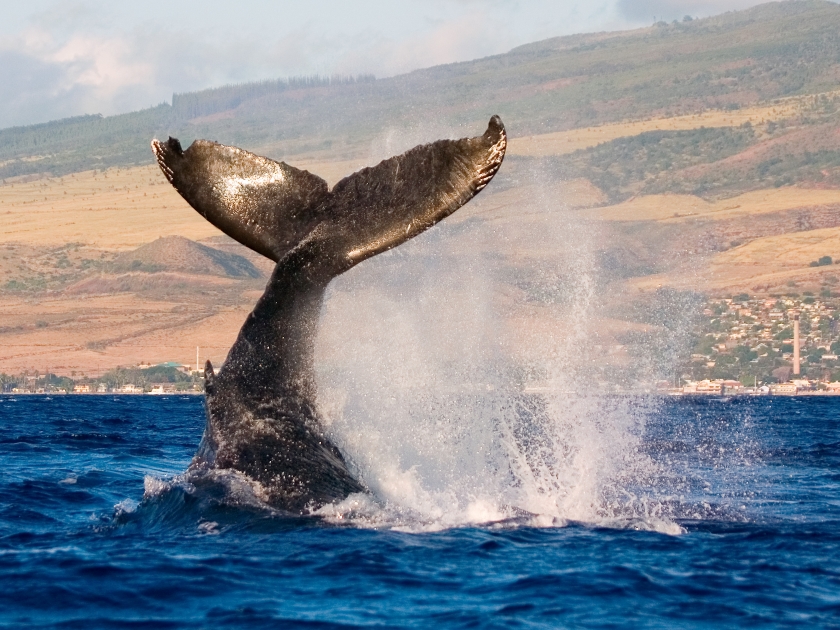
Maui
Maui is a haven for those who wish to observe whales in their natural habitat. The island’s unique geographic features make it a favorite location for these majestic creatures, particularly in the shallow, warm waters of the Auau Channel between Maui, Lanai, and Molokai. Here, humpback whales are frequently seen between November and May, with the peak season being January to March. Besides whales, Maui’s marine life is vibrant and diverse. Visitors may also spot Hawaiian green sea turtles, spinner dolphins, and a variety of tropical fish species. The island’s coastal areas offer breathtaking panoramic views, from the sparkling azure waters to the dramatic volcanic landscapes. Maui offers several tour options for you to choose from, depending on your preferences. Visitors can choose from a range of boat tours, catamaran cruises, and even kayak adventures for an up-close whale-watching experience.
Big Island
The Big Island, a place of unique diversity and breathtaking landscapes, is another fantastic spot for whale watching in Hawaii. The island’s west coast, known as the Kona Coast, is particularly renowned for its clear waters, making it a prime location to spot humpback whales during the winter months. Beyond the majestic humpback whales, the marine life around Big Island is rich and varied. Visitors may also have the chance to spot spinner dolphins, green sea turtles, and a variety of colorful tropical fishes. Nature lovers will be spellbound by the scenic views on offer. The juxtaposition of the azure Pacific waters against the backdrop of the island’s volcanic peaks creates a truly awe-inspiring panorama. Catamaran tours and snorkeling cruises provide diverse options for whale watching along the Kona Coast.
Oahu
Oahu, the third-largest Hawaiian island, offers a distinct whale-watching experience due to its unique geographic features and rich marine life. Its southern and western coastlines, adorned with panoramic views of the deep blue Pacific Ocean, provide the perfect backdrop for whale watching. The island is primarily known for its Humpback whales that migrate from Alaska during the winter months. However, you may also spot Spinner dolphins, Hawaiian monk seals, and a variety of sea turtles on your journey. The scenic views from the boat tours are breathtaking. The clear cerulean waters, the verdant mountain ranges, and the spectacular sunsets offer a feast for the eyes. On a clear day, you can even catch a glimpse of the majestic Diamond Head Crater from the sea. Boat tours departing from Honolulu and Waianae offer various options, including eco-friendly catamaran trips and private charters.
Kauai
Known as the “Garden Isle,” Kauai is the oldest island in the Hawaiian chain. Its untouched beauty and dramatic landscapes offer an unparalleled backdrop for whale watching. From the panoramic views of the Napali Coast to the breathtaking Waimea Canyon, there’s no shortage of scenic beauty. In addition to whales, visitors might spot spinner dolphins, sea turtles, and a variety of tropical fish. On rare occasions, you may even spot a monk seal sunbathing on the shore! The views while whale watching in Kauai are simply stunning – towering green cliffs, cascading waterfalls, and tranquil, turquoise waters are just a few of the sights that await. Catamaran tours and sailing excursions are popular, providing a relaxed and immersive way to observe whales off Kauai’s coast.
What to Expect During a Whale-Watching Tour
Types of Whales You Can See
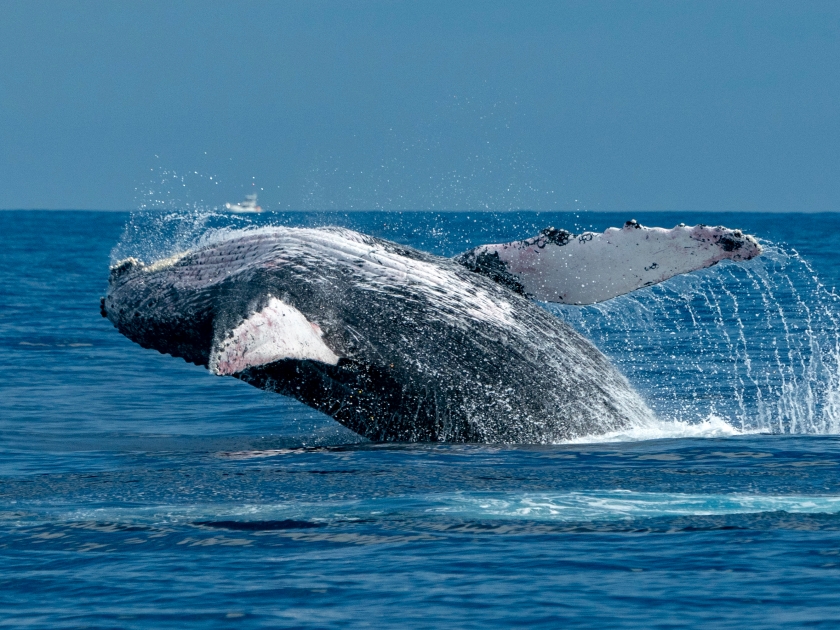
Hawaii’s marine environment is rich and diverse, home to several species of whales. The most commonly sighted whale on Hawaiian tours is the Humpback Whale. These magnificent creatures migrate to Hawaiian waters from November to May for mating and birthing. Humpbacks are known for their acrobatic behavior, often breaching and slapping the surface with their fins or tails. Another species you might encounter is the Sperm Whale, although they are not as commonly sighted as the Humpbacks. Sperm Whales are year-round residents of Hawaiian waters. From time to time, you may also spot False Killer Whales, Melon-Headed Whales, Short-Finned Pilot Whales, or even the rare Blue Whale, the largest animal on earth. Each species offers its unique spectacle and contributes to the magic of a Hawaiian whale-watching experience.
Learn More: Exploring the Different Whale Species in Hawaii
Duration of the Tour
The duration of a whale-watching tour can vary depending on the provider and the specific tour you choose. On average, expect to spend between 2 to 3 hours on the water. Some tours may last longer, particularly if they include additional activities or destinations. For example, tours that combine whale watching with snorkeling, sightseeing, or a sunset cruise can last up to 5 or 6 hours. Always check the specific duration of your chosen tour in advance to ensure it fits into your travel itinerary.
Eco-friendly Practices
When embarking on a whale-watching tour, it’s crucial to respect the marine environment and its inhabitants. Here are a few eco-friendly practices you should observe:
- Respect marine life regulations: Always maintain the recommended distance from the whales and avoid disrupting their natural behavior. Remember, we are visiting their natural habitat.
- Avoid littering: Take care to dispose of all waste properly and avoid plastics that could end up in the ocean. Many tours offer bins on board for this purpose.
- Choose eco-friendly tour operators: Opt for tour operators who prioritize sustainable practices such as limiting vessel noise and emissions, respecting local regulations, and advocating for marine conservation.
Learn More: Whale Watching Etiquette In Hawaii: Do’s and Don’ts
How to Prepare for a Whale Watching Tour
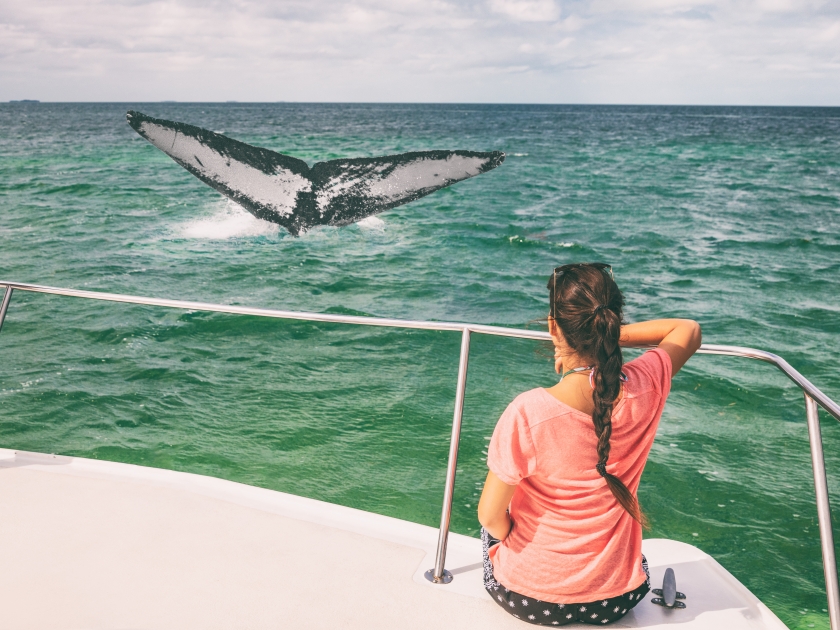
What to Wear
Opt for lightweight, breathable clothing to stay comfortable throughout the excursion. A light jacket or sweater may be advisable, as ocean breezes can make the temperature cooler, especially during early morning or late afternoon tours. Comfortable, non-slip shoes are crucial as the boat decks can become wet. Don’t forget your sunglasses, a hat, and sunblock to protect you from the sun’s rays.
What to Bring
Enhance your whale-watching experience by bringing binoculars for a closer view of distant whales. Additionally, a camera with a zoom lens or a smartphone with a good camera can help you capture memorable moments. Remember to be respectful and follow guidelines for photographing wildlife. Keep a reusable water bottle to stay hydrated and some snacks in case you get hungry during the tour.
Safety Guidelines and Regulations
Distance rules
Adhere to the designated distance rules set by tour operators and marine authorities. Maintaining a safe distance from the whales is not only a legal requirement but also crucial for the safety of both humans and marine life. Respect the natural behavior of the whales by observing from a responsible distance.
Listening to the crew's instructions
Pay close attention to the safety instructions provided by the tour crew. They are knowledgeable about the local marine environment and are there to ensure a safe and enjoyable experience for everyone on board. Follow their guidance regarding movement on the boat, safety protocols, and wildlife interaction guidelines.
What Happens During a Whale-Watching Tour
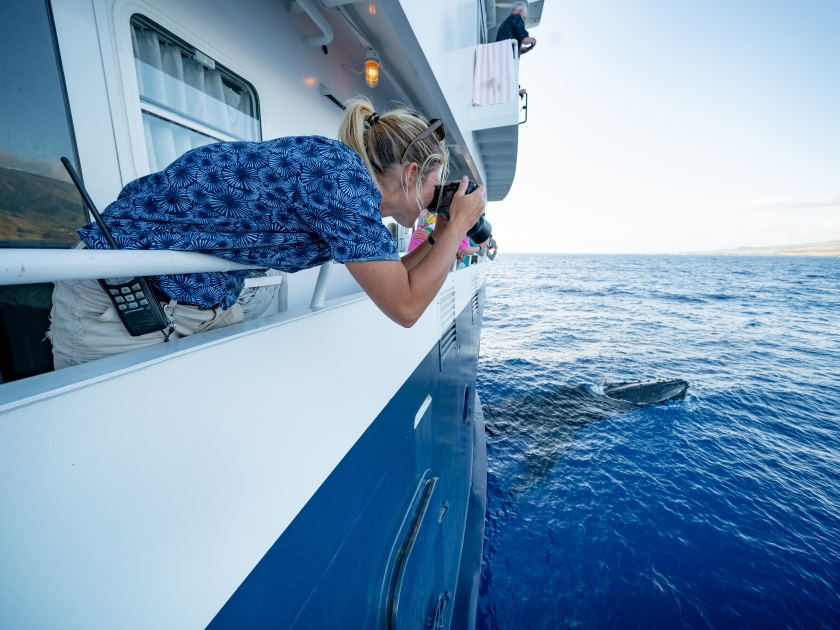
Embarking on a whale-watching tour is an immersive experience that typically kicks off with a comprehensive safety briefing. A knowledgeable naturalist guide will delve into the captivating world of humpback whales, providing insights into their behavior and biological aspects. Many tours offer headphones for participants to tune into the enchanting sounds of the whales during the excursion. When it comes to sustenance, some tours provide meals and drinks, while others do not, allowing you the flexibility to bring your own snacks and beverages if needed.
Managing Expectations
Wildlife is unpredictable
While whale-watching tours increase your chances of spotting these magnificent creatures, there are no guarantees. Be patient and appreciate the unpredictability of nature; each outing is a unique experience.
Enjoying the overall experience
Whale watching is not just about spotting whales; it’s about immersing yourself in the marine environment and appreciating the beauty of the ocean. Enjoy the sights and sounds of the sea, watch for other marine life, and relish the opportunity to be in the presence of these incredible creatures. Embrace the overall experience, and you’ll create lasting memories of your time whale watching in Hawaii.
Choosing the Right Whale-Watching Tour
Before booking a whale-watching tour, conduct thorough research on various tour operators. Read reviews and testimonials from other travelers to gauge their experiences. The choice of a whale-watching tour company can significantly influence your experience. It’s vital to pick a reputable company that prioritizes both the safety of its guests and the well-being of the whales.
Types of Tours Available
Boat tours
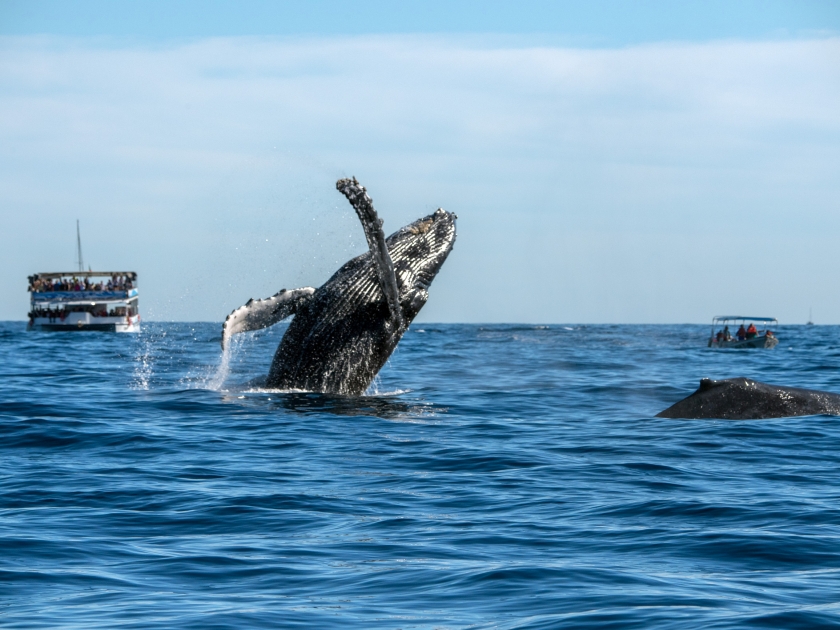
Boat tours are a popular choice for whale watching, offering a stable platform for observing marine life. Various boat sizes and styles are available, ranging from smaller vessels for a more intimate experience to larger boats with amenities. Consider factors such as the boat’s speed, capacity, and whether it has a naturalist guide on board to enhance your whale-watching experience. Among the various options available, catamarans stand out for their versatility. These medium-sized vessels can comfortably accommodate 35-60 people, depending on the provider. Known for their stability, partial shade areas, and bathroom facilities, catamaran tours provide a spacious and enjoyable experience, although seating may not always be available for all guests.
Ocean Rafting and Speed Boat Tours
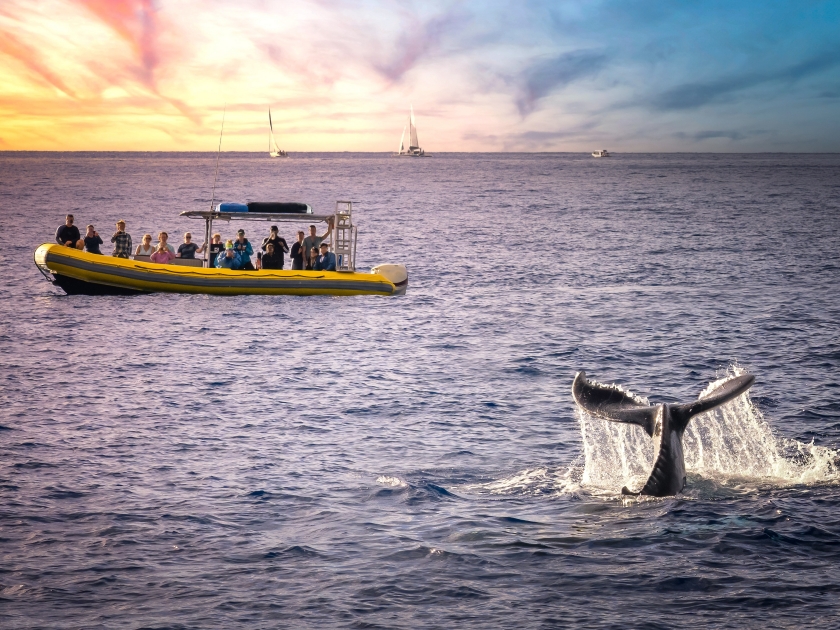
For those seeking a more intimate and up-close encounter with whales, ocean rafting or speed boat tours are ideal choices. These tours typically limit group sizes to 13-20 people, ensuring a personalized experience. It’s important to note, however, that these activities may not be suitable for young children or individuals with mobility or back issues. Ocean raft boats, designed for adventure seekers, offer thrilling speed, although passengers should be prepared to get wet during the tour. Shade is limited or nonexistent on these vessels, and bathroom facilities may not be available.
Larger Vessels
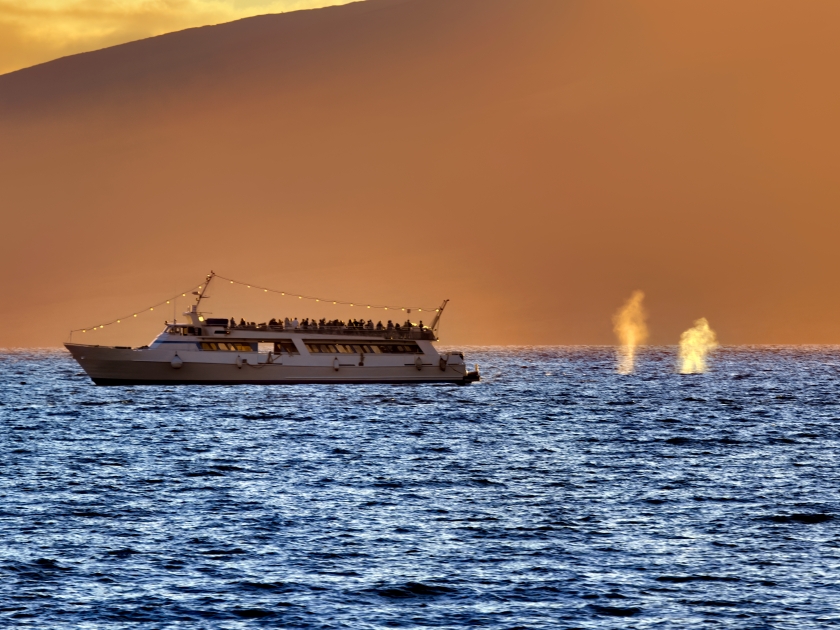
In locations like Oahu and Maui, certain activity providers offer larger vessels with 2 or 3 decks, such as Star of Honolulu, Majestic, Calypso, PacWhale, and Quicksilver. These options cater to families with children, elderly individuals, or those desiring a more comfortable experience. With plenty of seating, bathrooms, and ample shade, these larger vessels provide a panoramic view from the top deck, offering an elevated position that enhances the whale-watching experience.
Kayak tours
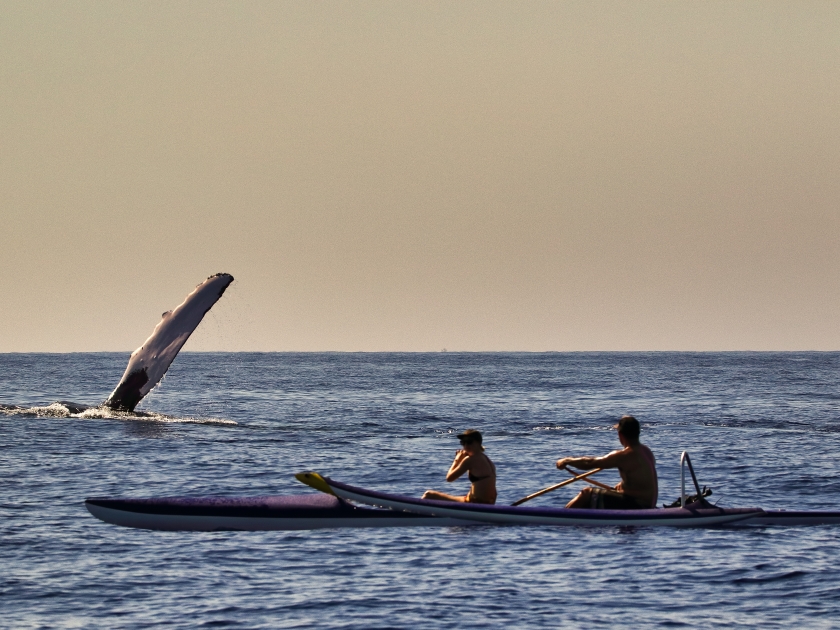
For a more adventurous and up-close experience, consider a kayak tour. Maui is the perfect island to do this. Kayak tours allow you to paddle into the ocean in smaller groups, offering a quieter and less intrusive approach to observing whales. These are suitable for those with a sense of adventure and a willingness to actively participate in the experience.
Things to Consider When Booking a Whale-Watching Tour
- Start Time: Take note of the departure time, ranging from 6:30 am to 5 pm. Mornings tend to be less crowded with better wind conditions for optimal whale sightings.
- Duration: Duration varies across tours, typically ranging from 1.5 to 3 hours, accommodating different preferences and schedules.
- Price Points: Price varies based on duration and inclusions, ensuring options for all budgets. Some premium tours include meals and drinks for added comfort.
- Departure Location: Consider the departure location, as tours leave from multiple locations on each island. Choose the harbor closest to your accommodation for convenience. For instance, on Oahu, departing from Haleiwa, Waianea, or Ko Olina is recommended for increased whale sightings on the west side and north shore compared to Waikiki.
- Prime Whale-Watching Spots: On Maui, the west coast (Kaanapali, Lahaina, Maalaea Harbor, and Wailea) is highlighted as the prime location for whale watching. For the Big Island, the best spots are from Kohala and Waikoloa areas. In Kauai, the north and west coasts are recommended.
- Boat Size: Pay attention to the boat size, as discussed in a previous explanation, to ensure a comfortable and enjoyable experience.
- Sighting Policy: Explore the sighting policy, as some tours offer a free return if no whales are spotted.
Conservation and Responsible Whale Watching
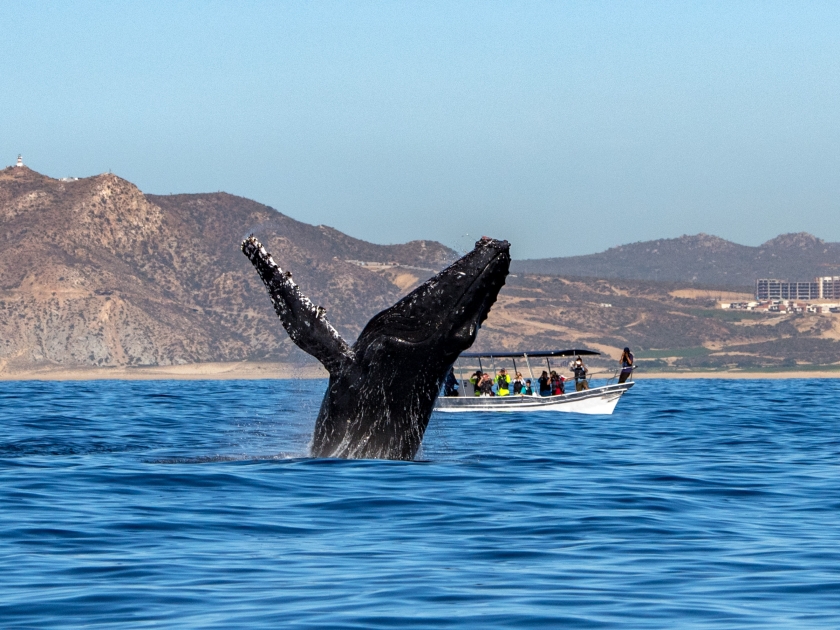
Whales play a vital role in maintaining the health and balance of the ocean’s ecosystem. They help to regulate the food chain and contribute to nutrient mixing by bringing nutrients from the deep sea to the surface. Whales also play a significant role in carbon sequestration, which helps to mitigate the effects of climate change. However, whales face numerous threats, including pollution, climate change, and human activities such as overfishing and ship strikes. Conservation efforts in Hawaii are crucial to ensure the whales’ survival and the well-being of the marine ecosystem. These efforts include promoting sustainable tourism practices, implementing regulations to protect whales from harmful human activities, and educating the public and tourists about the importance of whales and the threats they face.
By participating in responsible whale-watching tours, visitors can support these conservation efforts and contribute to the sustainable future of Hawaii’s magnificent whales.
Set Sail and Be Captivated by the Wonders of the Ocean!
As you prepare for your whale-watching journey in Hawaii, remember that the experience goes beyond the thrill of spotting whales. It is an opportunity to connect with nature, learn about marine life, and contribute to the conservation of our oceans. By making informed choices, respecting wildlife, and supporting conservation initiatives, you not only ensure a memorable adventure but also play a part in preserving the magic of Hawaii’s marine environment for generations to come. Create lasting memories on your responsible and unforgettable whale-watching expedition in Hawaii!


